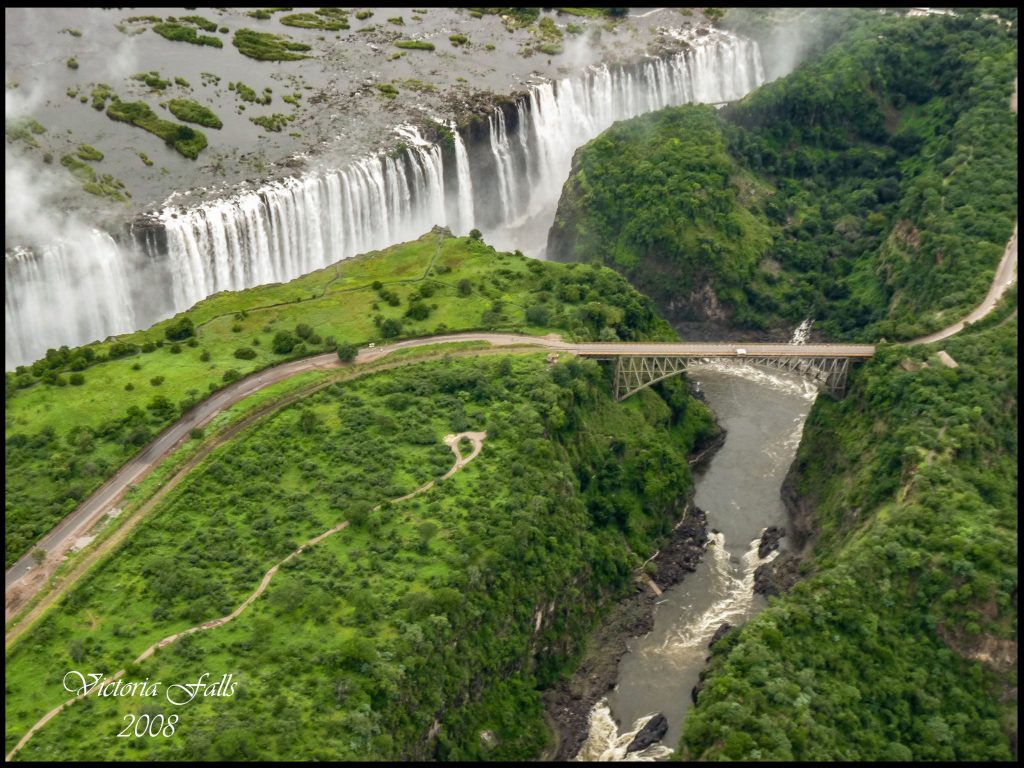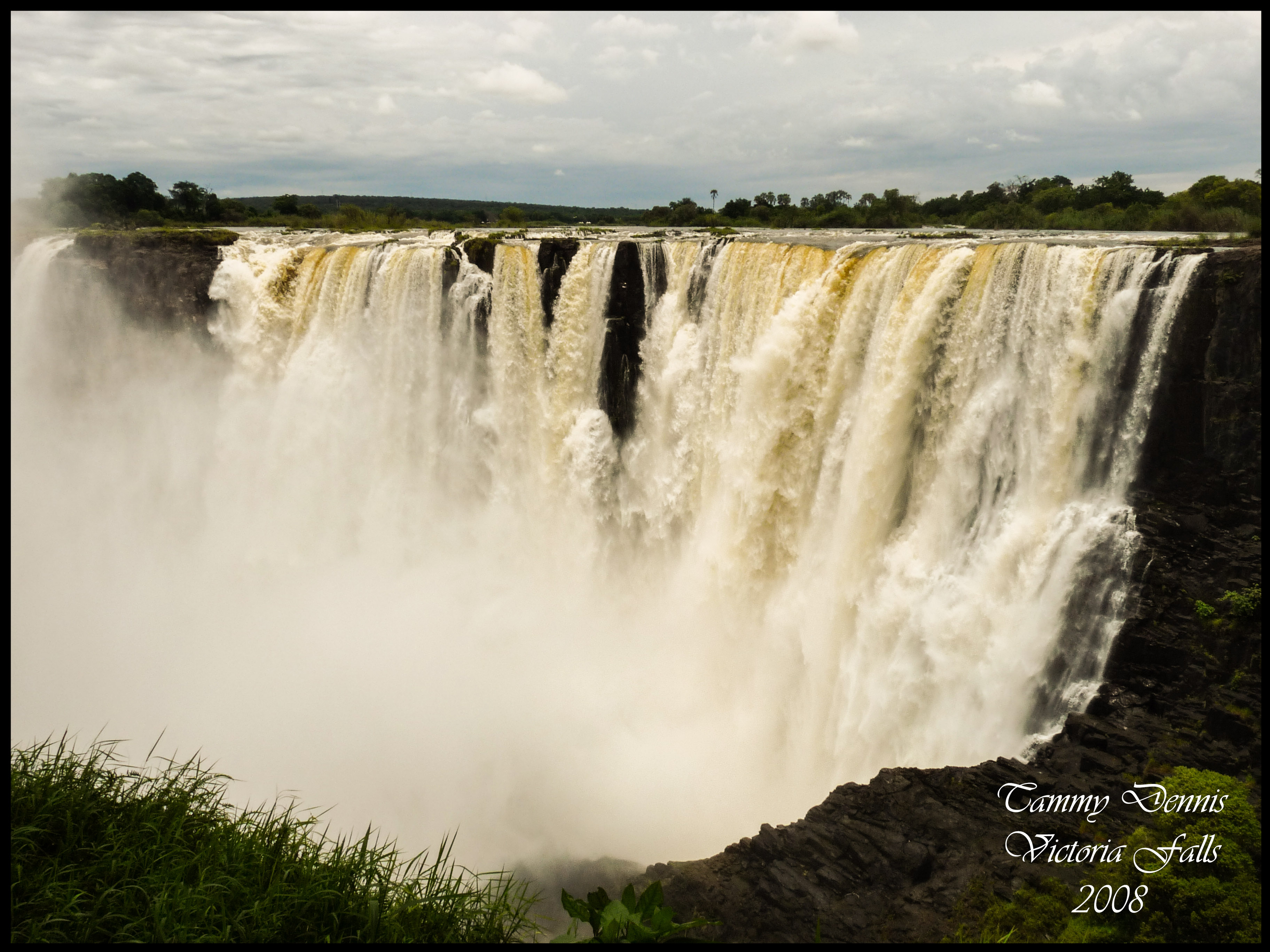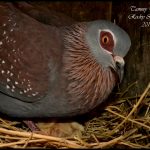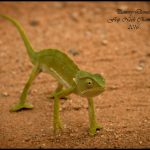There are many waterfalls in the world, taking long walks along rivers and streams to reach them is something I enjoy. They are always inspiring to see and give you a feeling of tranquillity with the sound of water flowing and crashing down, sadly some may only know this sound from spa treatments, nothing beats the real thing.
This specific waterfall is not a part of a small stream, but rather earning its name ‘Moso-oa-Tunya’ from the indigenous Lozi language meaning the smoke that thunders. The name came about from the deafening sound of water falling great lengths, this has been said it can be heard up to 40 kilometres away, with the mist rising as high as 400 meters and seen up to 50 kilometres away. It is not the highest or widest but rather it is judged by the size of the sheets of water that fall, making it the largest waterfall in the world.
It is not only a magnificent waterfall, but part of the fourth longest river and a part of nature, home to thousands of animal and plant species, it has found its place being a natural border between Zambia and Zimbabwe at Victoria falls. In the dry seasons around October/November the Zambezi river drops dramatically in depth, becoming shallow enough to walk across, the opposite happens in April when the water flows at its strongest, a powerful force taking whatever crosses its path.
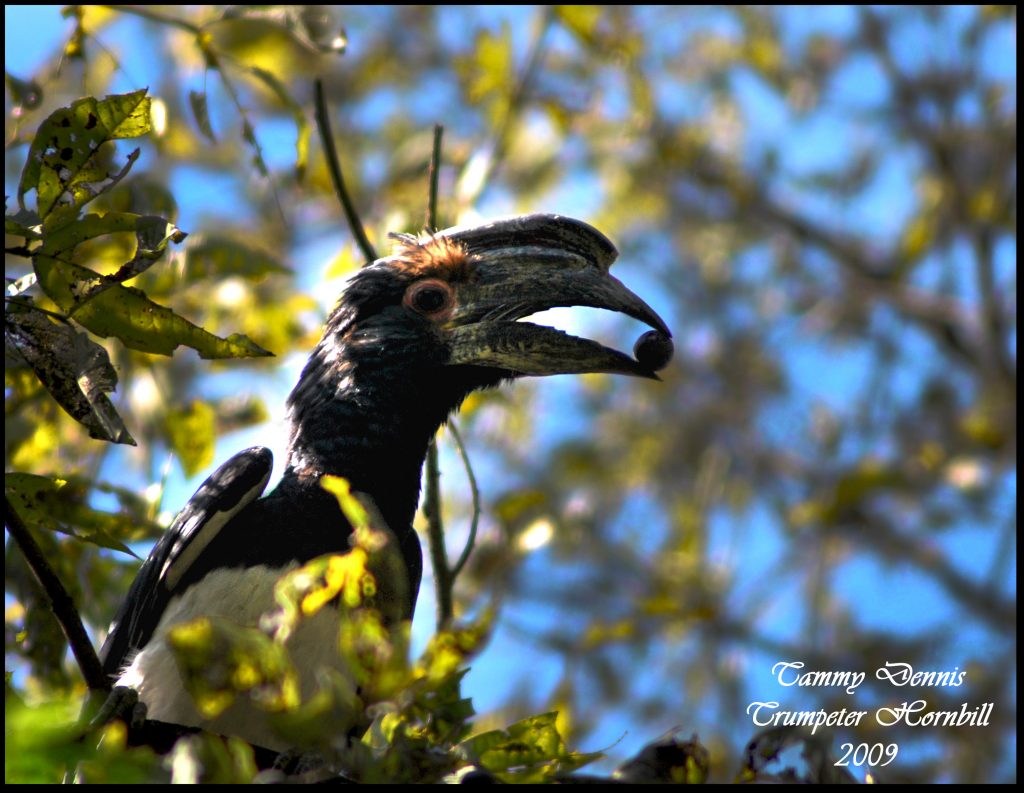 A Scottish explorer of African, David Livingstone came across the falls in 1855 on a mission to preach Christianity from the South to the North of Africa, the falls were seen more as an obstacle than a great discovery at the time, though he did write about its beauty and how angels nearby must be admiring it. Many local people had a fear of the waterfall and was not often visited until a train line was constructed in 1905, this is when tourism started to boom. It wasn’t all plane sailing as there were many unstable times during the period known as Gukrahundi (1982-1987) and many other political factors causing the currency becoming worthless and tourism almost coming to a halt.
A Scottish explorer of African, David Livingstone came across the falls in 1855 on a mission to preach Christianity from the South to the North of Africa, the falls were seen more as an obstacle than a great discovery at the time, though he did write about its beauty and how angels nearby must be admiring it. Many local people had a fear of the waterfall and was not often visited until a train line was constructed in 1905, this is when tourism started to boom. It wasn’t all plane sailing as there were many unstable times during the period known as Gukrahundi (1982-1987) and many other political factors causing the currency becoming worthless and tourism almost coming to a halt.
In recent years Zimbabwe has been making a very slow recovery, with Victoria falls being an important tourist attraction, every effort has been made to try and make people feel welcome. I visited Victoria falls a few times during 2008-2009 where I also got to experience white water rafting, lion walks and zip-lining. Though there is a full range of activities to enjoy there.
Entry at the gates of the falls was very easy costing £15, or for locals 40 000 000 000 Zimbabwean dollars, this shows how shockingly bad the exchange rate was at the time from being one of the strongest currencies in Africa previously. The walk to see the falls was beautiful, though hot and humid with all the mist rising from the falls, but the rich wildlife made up for that with many species of butterflies, lizards and birds; the trumpeter hornbills took a lot of my attention as it was the first time I had ever seen them. There were also some very naughty monkeys looking for trouble, which made for some extra humour, the walk should have taken 15 minutes, I arrived at the falls after 2 hours. Nothing can quite prepare you for it, especially when it’s at full flow it’s very loud and very windy from the force of the water, it was absolutely incredible. You are able to walk the length of the waterfall till the bridge into Zambia. With many loops that are viewpoints to see the falls, during the drier times the falls where easier to appreciate in size as you can see further with less mist.
Few tips if you decide to visit, bring something to waterproof your camera, water, sunscreen, waterproof poncho and shoes with good grip as the humid air creates very wet and slippery floors that many people struggled to walk on. Do not forget your purse or wallet either, as just down the road in the main town there are markets with handmade arts of crafts from people with great talents.
By using these links you helping to support this blog.
